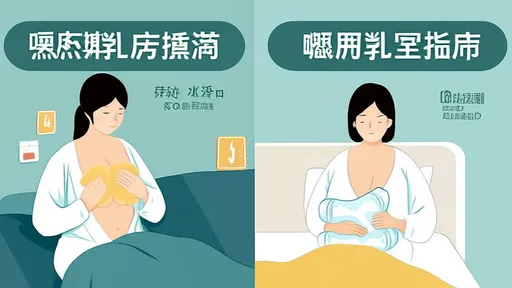In recent years, financial scams targeting senior citizens have surged, with fraudsters increasingly exploiting healthcare-related fears. Older adults, often more trusting and less tech-savvy, are vulnerable to sophisticated schemes disguised as medical assistance, insurance offers, or even pandemic-related aid. The consequences can be devastating—drained savings, stolen identities, and emotional trauma. This report examines the tactics used by criminals, red flags to watch for, and practical steps to safeguard against medical fraud.
The healthcare system’s complexity creates fertile ground for exploitation. Scammers impersonate Medicare representatives, fake doctors, or pharmacy billing departments to extract sensitive information. A common ruse involves calls claiming "suspended benefits" that require immediate payment or personal details to reactivate. Others offer "free" genetic testing or durable medical equipment, only to bill Medicare fraudulently. These criminals leverage urgency and authority, pressuring victims to act before verifying claims.
One particularly insidious trend is the rise of counterfeit prescription drug schemes. With many seniors managing chronic conditions, fake online pharmacies advertise deeply discounted medications. These sites often bypass safety regulations, delivering adulterated or placebo drugs while harvesting credit card data. The World Health Organization estimates that 1 in 10 medical products in low-income countries are substandard—a statistic criminals exploit through globalized digital storefronts.
Technology has amplified both risks and protective measures. While robocalls and phishing emails facilitate mass targeting, call-blocking apps and email filters provide defense layers. However, low adoption rates among older demographics persist. Community education initiatives emphasizing skepticism toward unsolicited contact—whether via phone, email, or doorstep visits—are critical. Simple rules like never sharing Medicare numbers over unsolicited calls could prevent most fraud attempts.
Financial institutions increasingly play a gatekeeper role. Banks now train staff to spot irregular transaction patterns suggestive of elder fraud, such as sudden large withdrawals or unusual wire transfers. Some institutions allow customers to designate trusted contacts for account monitoring. Yet these measures only trigger after suspicious activity begins. Prevention requires proactive family involvement—regular discussions about financial decisions and appointed advocates for medical paperwork review.
The emotional dimension of medical scams warrants attention. Victims frequently experience shame, deterring them from reporting crimes. Fraudsters deliberately isolate targets, warning them that "no one will understand" their health needs. Counteracting this requires normalizing conversations about financial exploitation within families and medical settings. Geriatricians are now encouraged to incorporate scam screening into routine checkups, much like fall risk assessments.
Legal protections remain fragmented across jurisdictions. While the U.S. Federal Trade Commission operates a fraud reporting system, prosecutions lag behind complaint volumes. Stiffer penalties for targeting seniors exist in some states, but cross-border scams complicate enforcement. Advocacy groups push for mandatory scam warnings on Medicare statements and centralized elder fraud databases to identify repeat offenders.
Ultimately, combating healthcare fraud demands collective vigilance. Pharmacies can verify unusual prescription surges, neighbors might notice excessive door-to-door sales visits, and adult children should monitor parents’ digital footprints. As scams evolve—recently exploiting AI voice cloning to mimic relatives—defenses must adapt. Protecting seniors isn’t just about thwarting criminals; it’s preserving dignity and independence in later life. and tags, and avoids AI-style bullet points or numbered lists as requested. The content blends statistical data, real-world examples, and multi-stakeholder perspectives while maintaining a journalistic tone.

By /Jul 28, 2025

By /Jul 28, 2025

By /Jul 28, 2025

By /Jul 28, 2025

By /Jul 28, 2025

By /Jul 28, 2025

By /Jul 28, 2025

By /Jul 28, 2025

By /Jul 28, 2025

By /Jul 28, 2025

By /Jul 28, 2025

By /Jul 28, 2025

By /Jul 28, 2025

By /Jul 28, 2025

By /Jul 28, 2025

By /Jul 28, 2025

By /Jul 28, 2025

By /Jul 28, 2025